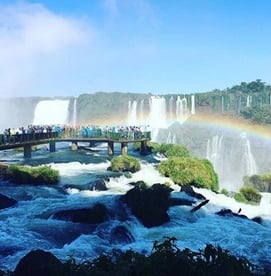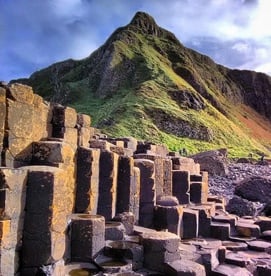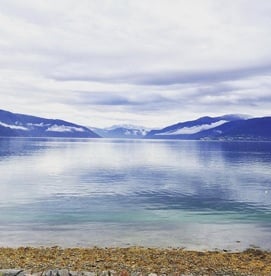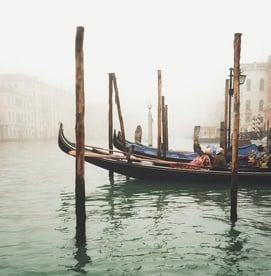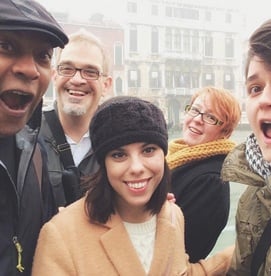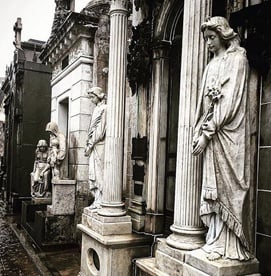9 Captivating Castles of Bavaria
Home to the highest number of castles in the world, it’s no surprise that Germany is synonymous with majestic beauty. The delightful southeastern state of Bavaria is truly king with its plentiful palaces, housing some of the most beloved fairytale-inspiring fortifications on earth. Whether a famous photo spot, a hidden gem, or a unique property, here are 9 captivating Bavarian castles that will intrigue you with their history and inspire you with mystical fantasies!
1. Neuschwanstein Castle (Schwangau)
One of the most famously photographed castles across the globe, this picture-perfect palace is said to be the inspiration for Disney’s 'Cinderella.' Located near the southern border near Austria, many travelers opt to explore Neuschwanstein on a guided tour from Munich or Füssen. Capture quintessential snapshots from afar and traverse its beauty up-close while ascending its inspiring towers.
Year Built: 1869
Annual visitors: 1.4 million
Notable Features: White limestone façade with blue turrets, surrounded by lush alpine trees2. Hohenschwangau Castle (Schwangau)
This adjacent castle may be slightly overshadowed by the fame of its neighbor, but it's actually the property from which Neuschwanstein was inspired. Serving as the summertime hunting residence of the Bavarian Royal family for many years, Ludwig II spent his childhood here before constructing Neuschwanstein during his own service as king. Four stunning towers on each corner give the property a medieval vibe.
Year Built: 1837
Annual visitors: 300,000
Notable Features: Medieval appearance and king's quarters3. Linderhof Palace (Ettal)
Linderhof is the only palace completed and lived in by King Ludwig II. Though smaller in comparison to other properties, its elaborate style is nothing short of spectacular. It showcases rococo-style features, a flashy interior, and a delightful garden and parkland property, all worth exploring when visiting Upper Bavaria.
Year Built: 1872
Annual visitors: 450,000
Notable Features: Sprawling gardens and elaborate sun frescos4. Herrenchiemsee (Chiemsee)
This complex of royal buildings is housed on the largest island of Chiemsee Lake. The newest of the structures is known as the “Bavarian Versailles,” erected at the direction of Ludwig II and modeled after France’s royal residence of the same name, mimicking many of its features such as the famous hall of mirrors.
Year Built: 1878
Annual visitors: 400,000
Notable Features: Large state rooms and hall of mirrors5. Hohes Schloss (Füssen)
This gothic castle overlooks the enchanting town of Füssen near the border of Austria. Not only a historic palace and fortress that is fascinating and beautiful in its own right, but it’s also home to a regional art museum. This marvel encapsulates Füssen's local history while displaying vast interiors and beautiful gardens.
Year Built: Original fortress first erected as early as 47 AD, the monastery built in 1183, and the property added to and renovated many times up until the 1960s
Annual visitors: 1.3 million to Füssen and surrounding area
Notable Features: Trapezoidal floor plan and galleries of paintings6. The Hermitage Old Palace & New Palace (Bayreuth)
Just east of Bamberg in Bavaria's upper Franconian region, this historic complex stands as Bayreuth's most impressive attraction, consisting of two palaces with lavish interiors, sprawling gardens and parks, shimmering fountains, and charming grottos. Hermitage Old Palace was built by Margrave Georg Wilhelm, while the New Palace complex was erected largely at the direction of princess of Prussia and famed composer, Wilhelmine von Bayreuth.
Year Built: Old Palace, 1715; New Palace, 1749
Annual visitors: 136,000
Notable Features: Stunning gardens and grottos7. Imperial Castle of Nuremberg (Nuremberg)
One of the most significant structures during the Holy Roman Empire and serving as the home to all of their emperors between 1050 and 1571, this castle is considered a staple to European history. Situated in the heart Nuremberg, Bavaria's second largest city, this is a popular place to explore in the heart of town. In addition to the castle's beautiful and historical features, the property hosts various installations, cultural events, and festivals throughout the year.
Year Built: Mid-11th Century
Annual visitors: Nearly 200,000
Notable Features: Double Romanesque chapels and the outer bailey with a round tower and deep well8. Veste Coburg (Coburg, Franconia)
Perched atop a hill surrounded by the quaint village of Coburg in the heart of Franconia, this is one of the most well-preserved medieval castles of the country. It was first fortified in the 10th century and later renovated to reflect an ornamental Neo-Gothic style. Now housing some of Germany’s most significant art collections and artifacts, this stunning fortress property and museum is well worth a visit.
Year Built: Fortified in the 10th Century; Renovated in the 19th Century
Annual visitors: 150,000 overnight guests in Coburg
Notable Features: Art collections and historic weapons on display9. Nymphenburg Palace (Munich)
Originally constructed as a summer residence following the long-awaited birth of the heir of the throne, Max Emanuel, this famed Baroque-style complex is considered to contain some of the most impressive interiors and royal remains. The palace gardens are the second-largest greenspace in Munich and considered a must-see of the city.
Year Built: 1664
Annual visitors: 300,000
Notable Features: Unique pavilions, curated park gardens and water features
Ready to explore this captivating region of Germany and its amazing castles? Check out our Bavarian Adventures & Fairytales package, and connect with your favorite Travel Advisor to make your travel fantasies come true!
Discover more about Bavaria by connecting with our partners at Bavaria Tourism:

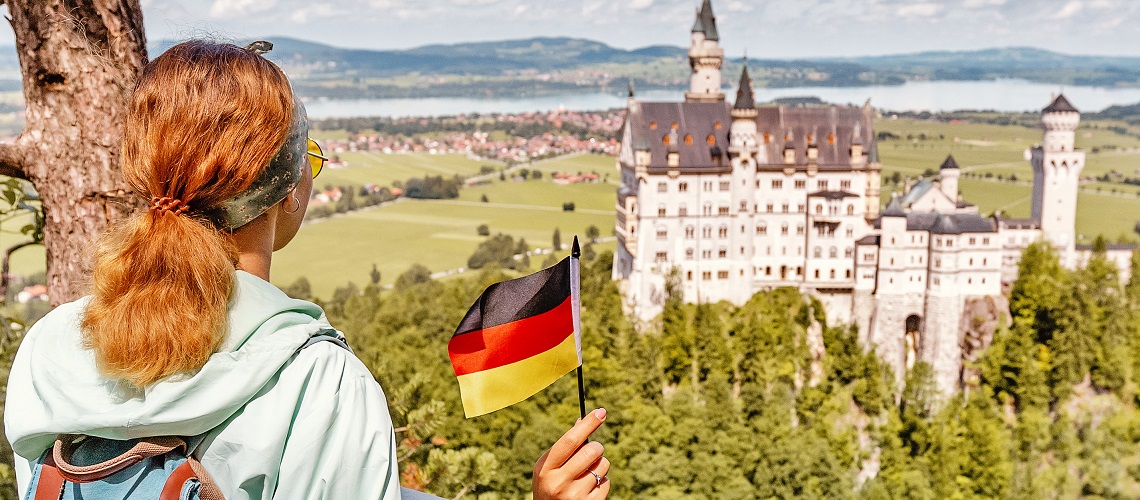









%20(1)-png.png?width=236&height=101&name=Co-Branding-Logo%20Bavaria%20rgb(5)%20(1)-png.png)











